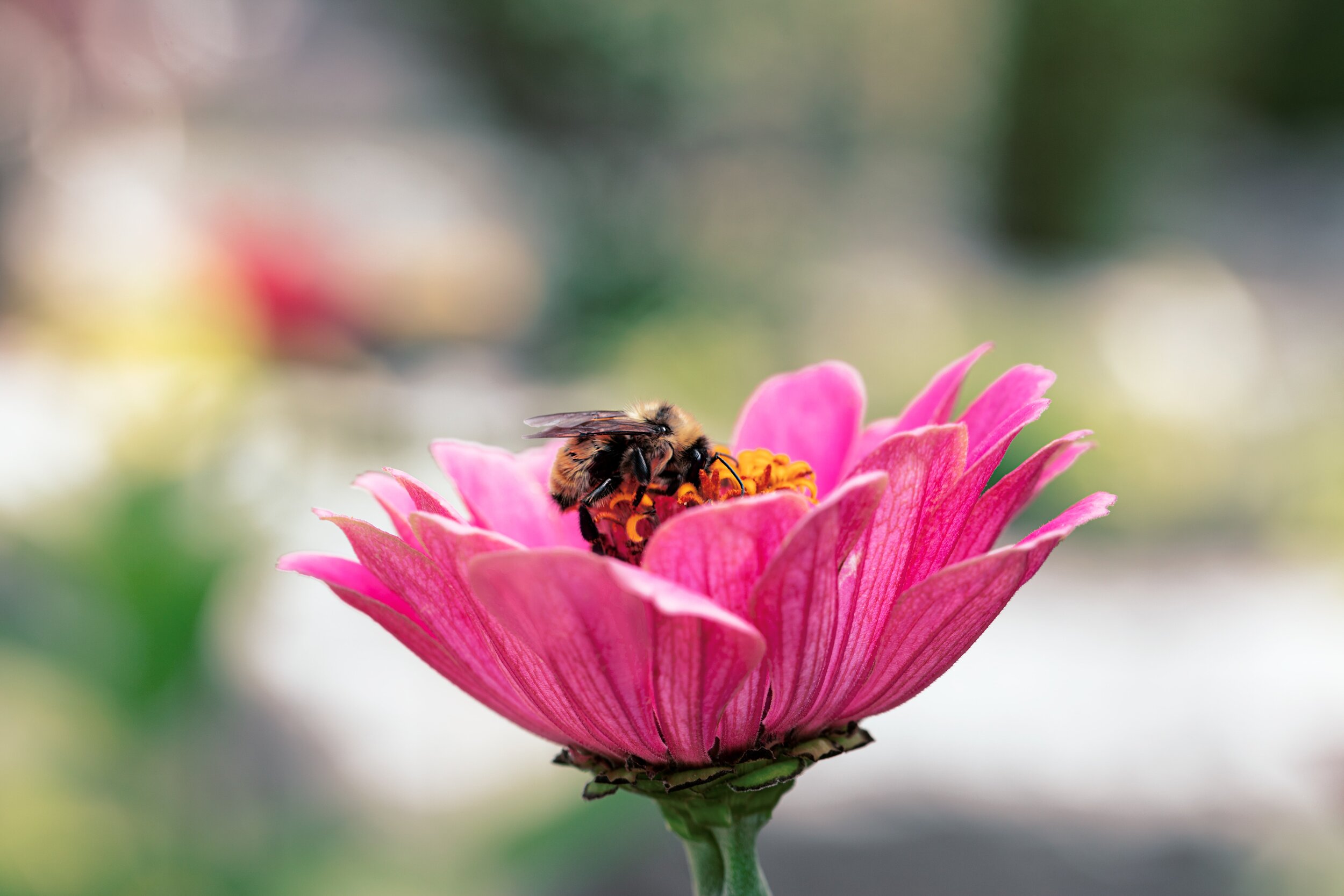Regenerating biodiversity
Biodiversity is the variety of plants, animals and other living creatures on Earth. Biodiversity is being lost at alarming rates - between 1,000 and 10,000 times faster than the natural extinction rate, owing to problems such as habitat destruction and climate change. A broad range of ecosystem services are degraded as a result. The loss of biodiversity has devastating effects on local and indigenous communities around the world who depend on it for their livelihoods. We have reached a level of habitat loss and species in danger of extinction where merely conserving biodiversity is not sufficient.
We must respect and regenerate biodiversity by supporting actions and practices that seek to replenish natural systems, such as promoting beneficial insects, birds, animals and plants and improving soil conditions.
Regenerative practices
Regeneration shifts the focus from mitigating negative impacts to adapting to local conditions so as to regenerate nature. Regenerative practices are ways in which cultivation and wild collection activities contribute to the natural processes that take place in an ecosystem, such as carbon capture, climate regulation, water purification, and food provision.
The UEBT standard’s principles on conservation and sustainable use of biodiversity contributes to regenerative practices such as:
Biodiversity in cultivation areas
Crop genetic diversity
Soil health
Water conditions
Minimization of synthetic agrochemicals
Waste and contamination reduction
Emission reduction
Regeneration can take many forms. Examples from UEBT member actions include:
In West Africa, native trees function as barriers for seasonal, dry wind coming from the desert and are useful in preventing soil degradation leading to desertification. Re-planting these trees helps restore this function. Reforestation costs are offset by crop resilience due to improved soil. Indigenous species are planted on farms to act as shade trees and to protect soil from heavy wind and rain.
In the Balkans, companies are creating borders along farms with native vegetation. They expect to see reduced cross-contamination and pollution from agrochemicals. More effective pest control, along with better soil quality, and higher climate adaptability through increasingly diverse crop varieties should also lead to stabilised yields.
In the above actions, companies are contributing to regenerating natural systems. Regenerative practices are done in partnership with local communities.
Biodiversity Action Plans
UEBT works with companies on Biodiversity Action Plans that incorporate actions like in the examples above.
Download a factsheet on UEBT’s work with companies on Biodiversity Action Plans and learn how these plans can improve biodiversity within a supply chain.
Several short case studies on Biodiversity Action Plans are below, or find more of these in our resource pages.
Black pepper in the Western Ghats, India
Hibiscus in West Africa
Cinnamon in Northern Vietnam
Resources
Sourcing Botanicals with Respect for People and Biodiversity
UEBT report published October 2022.
Other resources
Have a look at the following:
IPBES: The global assessment report on Biodiversity and ecosystem services






